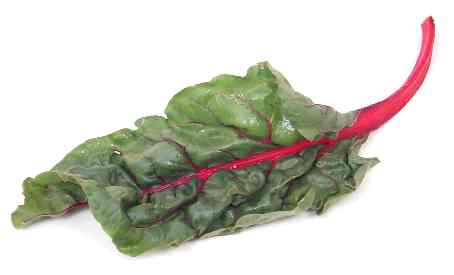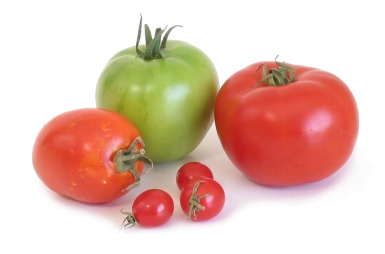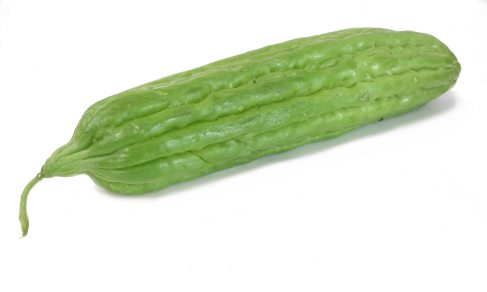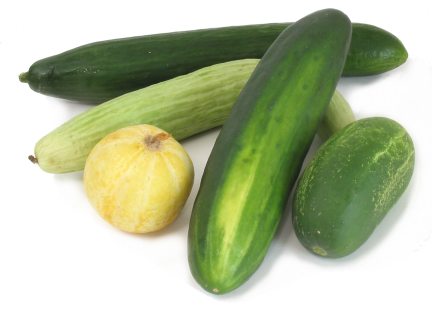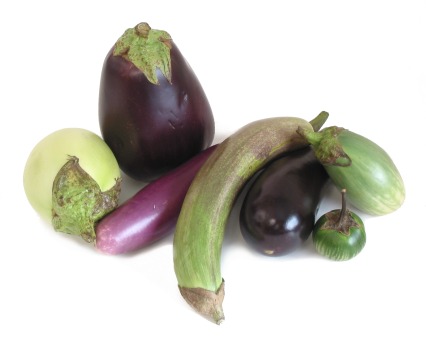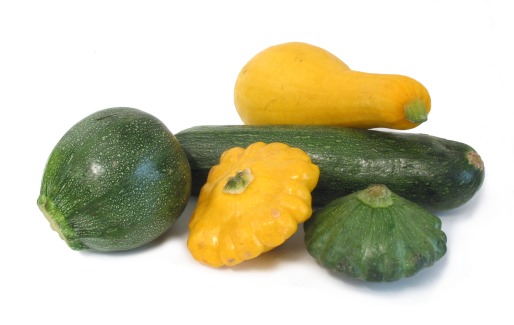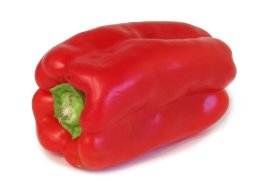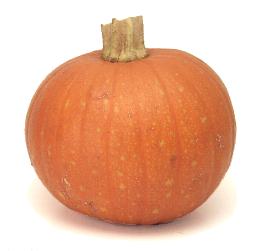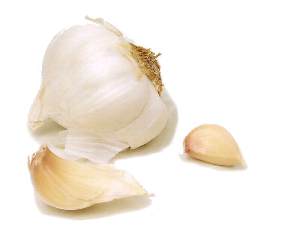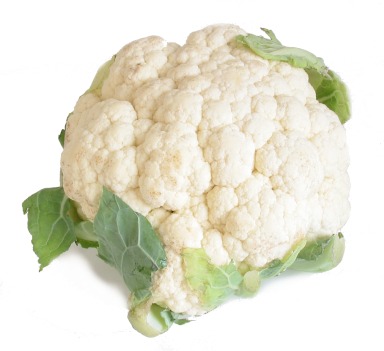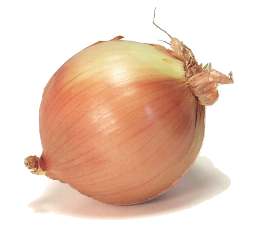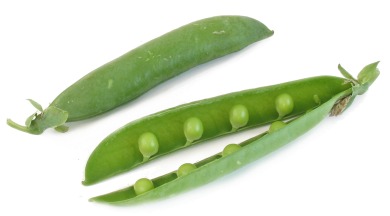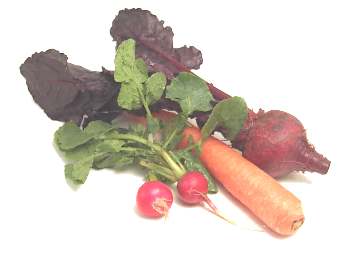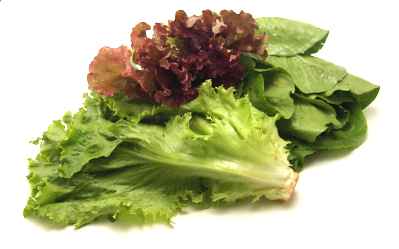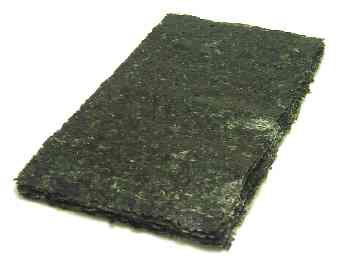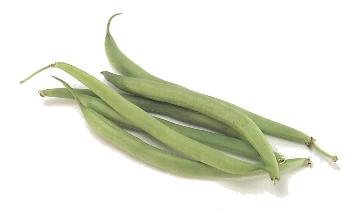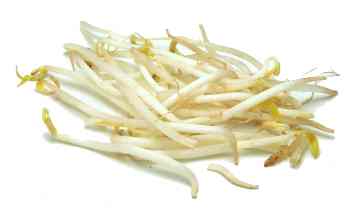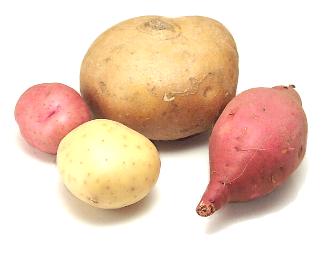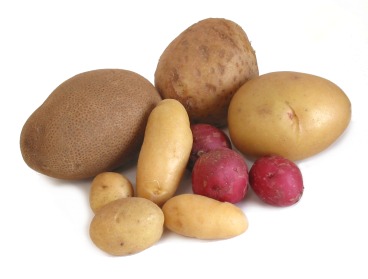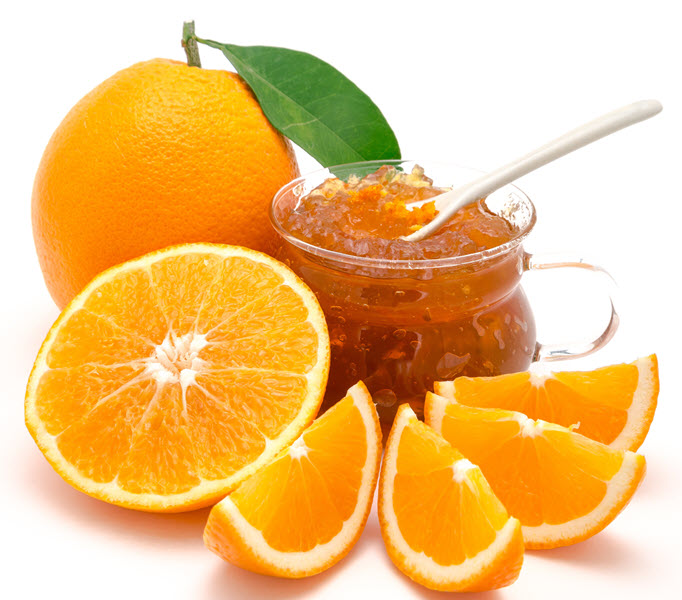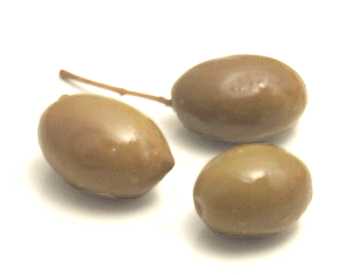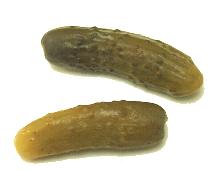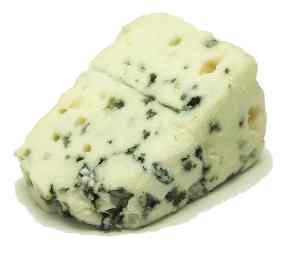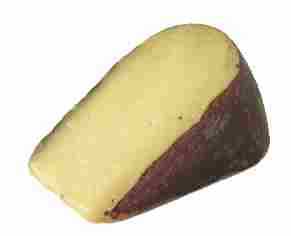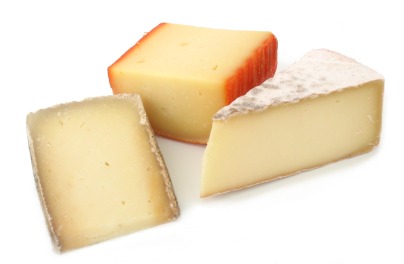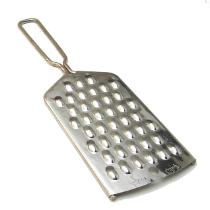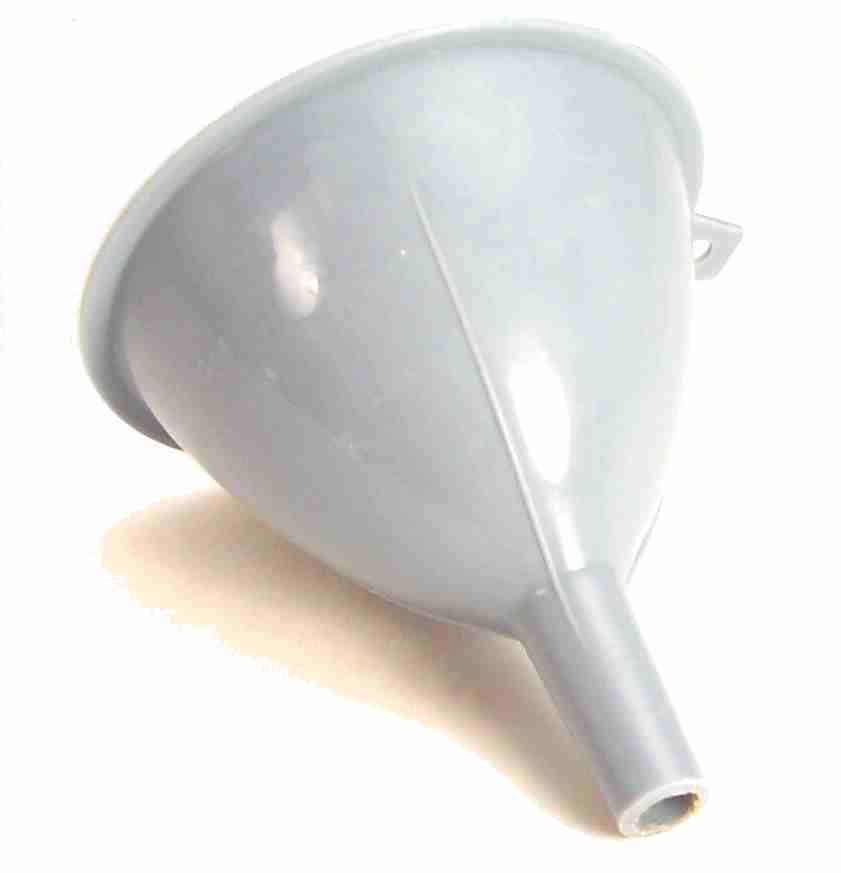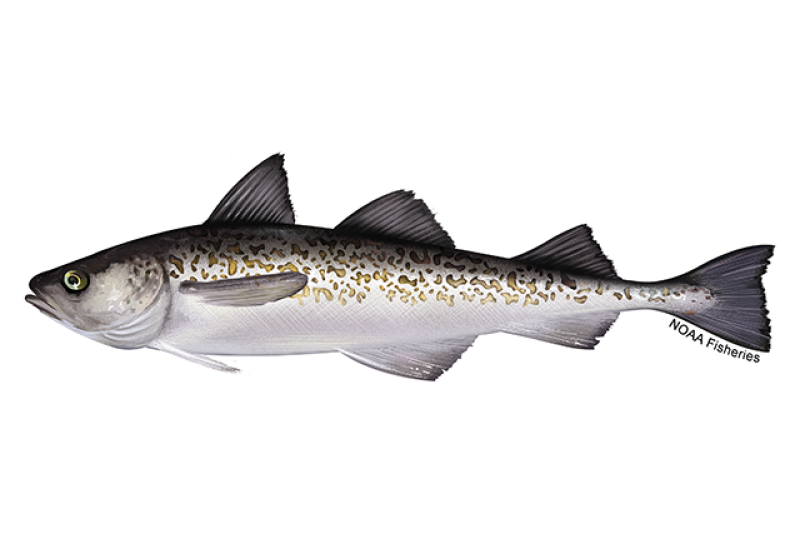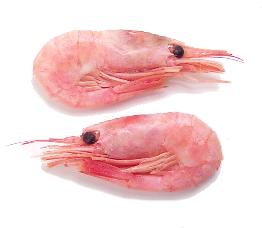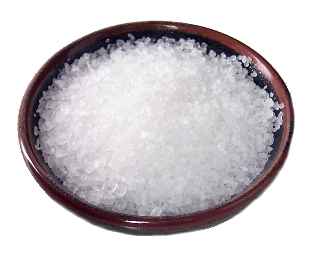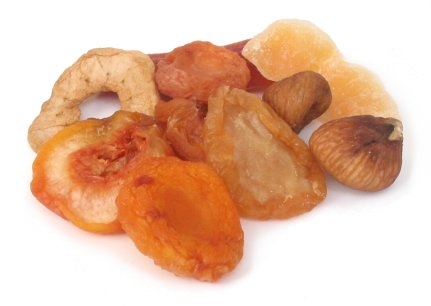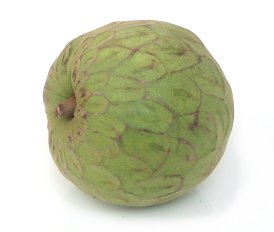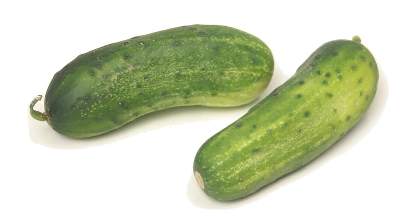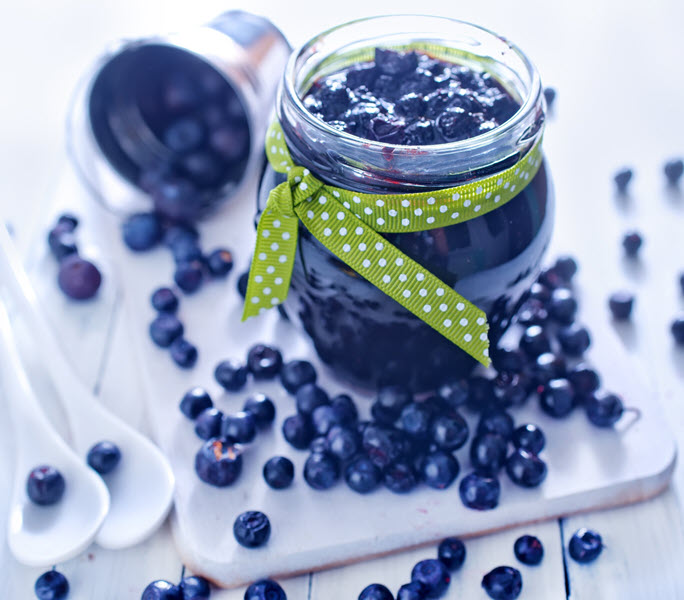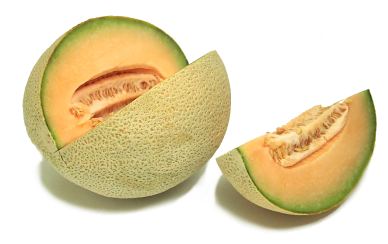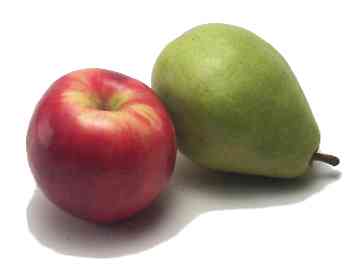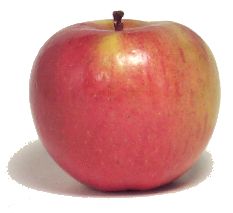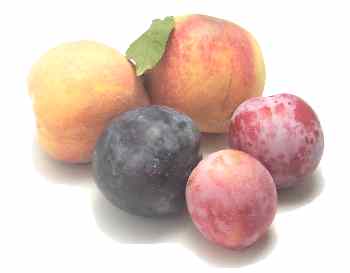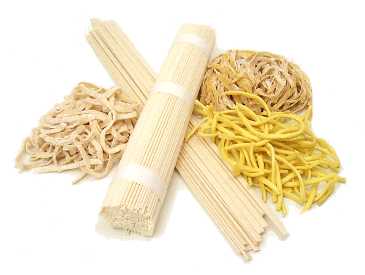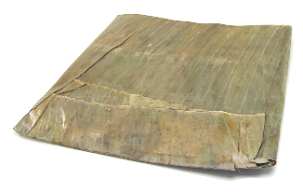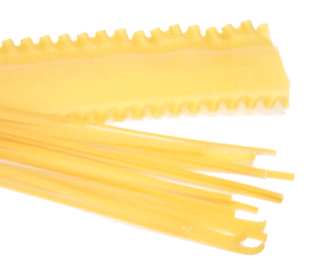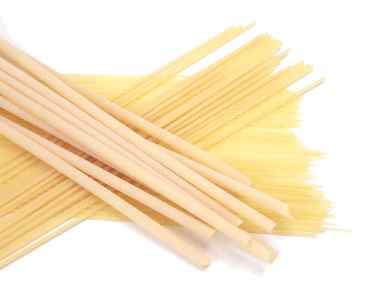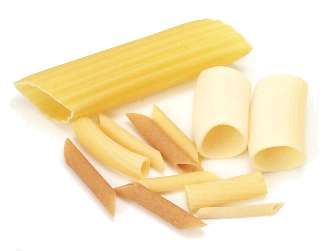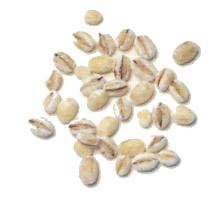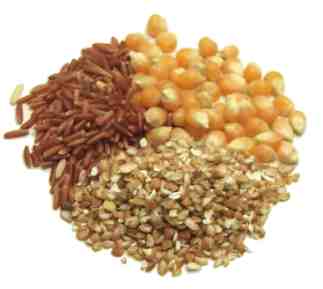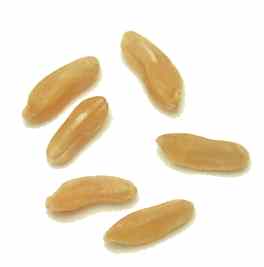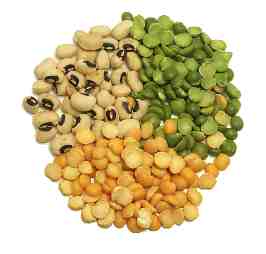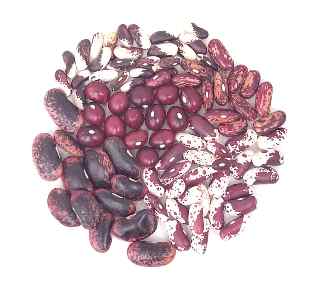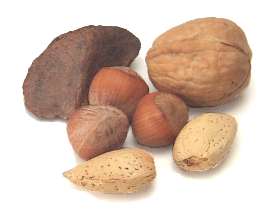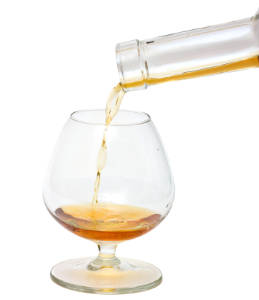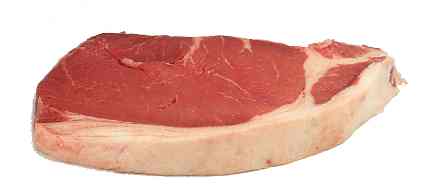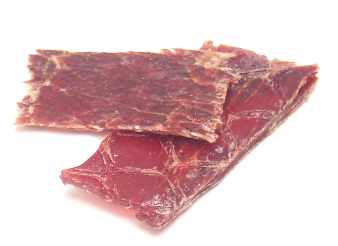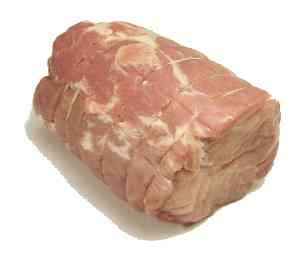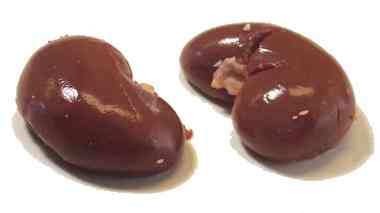Vegetables Category

Vegetables is a catch-all category that includes many of the edible parts of a plant, like stems, roots, flowers, tubers, and leaves. Some biological fruits that aren't very sweet, like tomatoes, squash, peppers, eggplants, and beans, are considered by cooks to be vegetables.
kontomire
This African green is very hard to find fresh in the United States, and the canned version is terrible.
Learn morelamuyo pepper
This hard-to-find sweet pepper is smaller and sweeter than its cousin, the bell pepper, with which it's interchangeable.
Learn morelaver
This protein-rich seaweed is popular in Britain and Japan. To rehydrate, soak it in water for about an hour, then add it to soups and salads. Laver is sometimes called nori, but that name is more commonly used for the dark sheets that the Japanese use to wrap sushi, which are made from the same plant.
Learn moreleaf lettuce
With their crispness and mild flavor, these lettuces are great in salads and sandwiches.
Learn moreleek
Leeks look like large green onions, and they have a more complex onion flavor. They're often cooked as a vegetable side dish, or used in soups. Be sure to wash them thoroughly before cooking as the leaves are notorious for collecting dirt.
Learn morelemon cucumber
This versatile cucumber is sweet and flavorful, and doesn't have much of the chemical that makes other cucumbers bitter and hard to digest. Though it's often served raw, it's also a good pickling cucumber.
Learn morelesser galangal
This Indonesian rhizome looks a bit like ginger, only it's smaller and darker. It's hard to find in the U.S., but your best bet is to look in Asian markets. It's sold fresh, frozen, pickled, dried, or powdered. Used the dried or powdered versions only in a pinch.
Learn morelettuce
These are mild salad greens that are always served fresh, either in salads or as garnishes. There are four basic categories: iceberg lettuce, with leaves that grow in a dense "head," leaf lettuce, with loosely gathered leaves, butterhead lettuce, with tender leaves that form a soft head, and romaine lettuce, with closely packed leaves in an elongated head. Select lettuce that has rich color and crisp, fresh-looking leaves.
Learn morelong white potato
These oblong potatoes have a medium starch content, and are valued for their versatility. They're good to keep in the pantry as an all-purpose potato.
Learn morelotus root
Slices of the lotus root have a beautiful pattern. The fresh version is available sporadically; if not, the canned version is almost as good. Rinse and drain before using. Look for it in Asian markets.
Learn moremaitake mushroom
This Japanese mushroom is reputed to have numerous health benefits. It also has a nice, earthy flavor.
Learn moreMalabar spinach
This is cooked much like spinach, but it's a bit slimy like okra. It occasionally shows up in Asian markets
Learn moremalanga
Like taro and cassava, malanga is used in tropical countries in much the same way that potatoes are used in more temperate climates.
Learn moremanzana chili
This habanero relative is often used in salsas. It has black seeds. These are hot.
Learn moreManzanilla olives
These green olives are available in most supermarkets. They're often pitted and stuffed with pimento or garlic. They're often put into martinis.
Learn morematsutake mushroom
These are popular in Japan, but they're hard to find fresh in the United States and dried matsutakes aren't nearly as flavorful. Avoid canned matsutakes, they're even worse than dried.
Learn moreMexican avocado
With their small size and shiny black skins, these look like elongated plums. You can eat them, skin and all
Learn moreMexicola avocado
This is a small, black-skinned avocado that's the size and shape of a fig. Since the peel is edible, they can be eaten like a peach. There's a smaller variety, the Mexicola cocktail avocado, that's oblong and virtually seedless. They'd make a great addition to a vegetable platter.
Learn moremirasol pepper
Mirasol peppers have a distinctive fruity flavor. These are moderately hot. When dried, these are called Guajillo chiles.
Learn moreMission olives
These are the common black ones that are ubiquitous in supermarkets, pizza parlors, and salad bars. They don't have as much character as European black olives.
Learn moremiyoga
These are flower buds that emerge from a variety of ginger. They're quite mild. Look for them in Japanese markets.
Learn moremoap patora
This is a variety of winter squash common to south Asia. It has a mildly sweet flavor.
Learn moremorels
Morels are highly prized for their rich, earthy flavor, and also because their caps are hollow, which allows them to be stuffed. Dried morels are very flavorful, and they're an excellent substitute for fresh in sauces and stews.
Learn moremorita pepper
Like the larger mora chili, this is a smoked and dried red jalapeno. It's very hot.
Learn moreMoroccan dry-cured olives
These are shriveled black olives that are somewhat bitter. They're best used for cooking rather than snacking.
Learn moremulato chili
This very popular chili looks like the ancho, but it's darker and sweeter. It's fairly mild and has an earthy flavor.
Learn moremung bean sprouts
These are the large sprouts that are common in supermarkets. They're crisp and nutty, and they're the best sprouts for stir-frying, though they can also be served raw. Select bean sprouts that are crisp and white with just a tinge of yellow. To keep them fresh, rinse them off and immerse them in cold water, then store them in the refrigerator. They're very perishable, so try to use them within a day or two. Canned bean sprouts are a very poor substitute for fresh.
Learn moremushrooms
Markets stock a variety of cultivated mushrooms, but many people prefer wild mushrooms, which are often more flavorful. Be careful when picking wild mushrooms (some species are poisonous) and always cook them thoroughly, both to release their flavors and to convert their proteins into a more usable form. To prepare fresh mushrooms, first trim off the bottoms of the stems, then wipe them off. Don't rinse or soak them, for they'll absorb water and turn mushy when you cook them. Dried mushrooms are often excellent substitutes for fresh, though some species don't dry well. You can reconstitute dried mushrooms by soaking or simmering them. Don't throw out the soaking liquid--it can add more flavor to your sauce than the mushrooms themselves. You can also pulverize dried mushrooms with a food processor or blender, then use the mushroom powder to flavor sauces and stews. To learn about various varieties of mushrooms, click here.
Learn moremustard greens
These are more popular in the South than in the rest of the country. There are red and green varieties, and both have a peppery bite. If the greens are too pungent for your taste, you can tame them by blanching them in salted water.
Learn morenameko mushroom
Nameko mushrooms are hard to find fresh, but Asian markets sometimes stock cans or plastic bags of it. They have a gelatinous texture and the Japanese like to add them to miso soup.
Learn morenapa cabbage
Like bok choy, napa cabbage is a common ingredient in Asian stir-fries. It can also be used as a milder and more delicate alternative to green cabbage in slaws and other recipes
Learn morenettles
Nettles have long been used in Europe as a substitute for spinach or kale, but they're tricky to use. The tips contain formic acid, a nasty irritant that can give you a serious rash on the outside and cause even more damage on the inside. You can remove the formic acid by cooking and/or soaking the nettles, but don't try this unless you know what you're doing. If you're harvesting your own nettle leaves, select young ones.
Learn moreNew Mexico green chili
These large chilies are similar in size to Anaheims, but they're hotter. New Mexico green chilies peak in the late summer, while the hotter New Mexico red chilies appear in the fall. These are moderately hot.
Learn moreNew Mexico red chili
These chilies have an earthy flavor and resemble the California chili, except they're hotter and more flavorful. They are moderately hot.
Learn morenew potatoes
The term "new potatoes" is sometimes used to describe all small waxy potatoes, but technically it refers just to immature potatoes harvested in the spring and early summer. You can tell if a potato is truly new by its skin; immature potatoes have flimsy, parchment-like skins that you can peel off with your fingers. New potatoes are prized for their high moisture content and creamy texture, and because they can be cooked whole. They're especially good steamed or roasted. They're more perishable than other potatoes, so use them within a few days after buying them.
Learn moreNicoise olives
A key ingredient in Salade Niçoise, these small purplish-black olives have a distinctive sour flavor. They're great in tapenades.
Learn morenopales
The canned version is acceptable substitute for fresh, but it has an inferior texture.
Learn more

